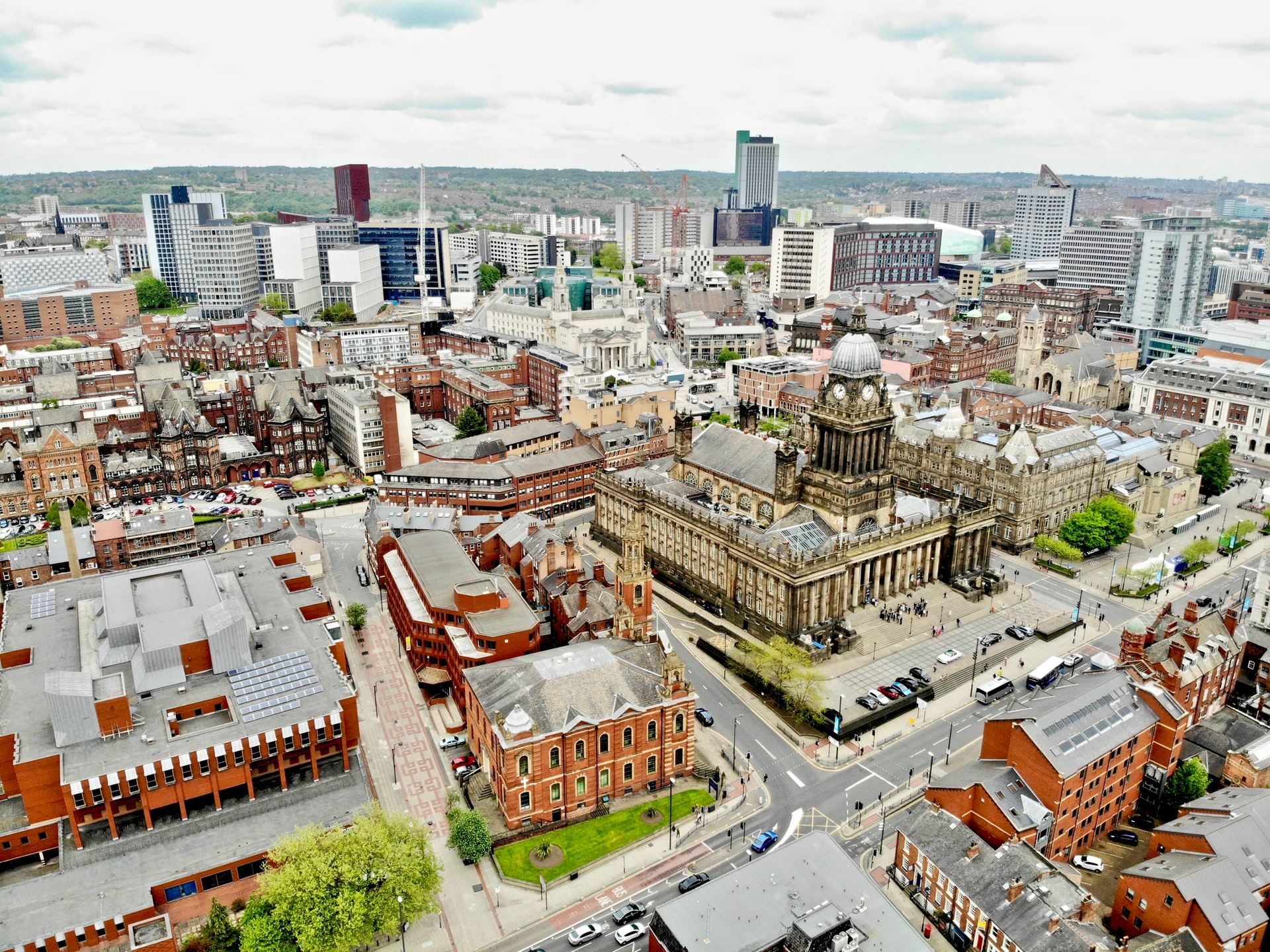Within today’s rapidly developing environment, the importance of natural light is more significant than ever. For property developers, grasping the complexities of Right to Light is crucial not only for the success of their projects but also for fostering positive relations with the local residents. This juridical concept ensures that current properties get adequate sunlight, and failure to consider it can lead to costly disputes and project delays. As such, Right to Light surveys have become an indispensable tool in the planning and development process, helping to navigate the often intricate web of legal issues.
In this article, we will examine the various dimensions of Right to Light surveys, which include their significance in property development, the historical legal frameworks surrounding this right, and how these surveys can safeguard both developers and neighboring properties. From the intricacies of assessing light impacts to comprehending the legal remedies accessible for infringements, we aim to provide a comprehensive guide on maximizing natural light while reducing conflict. Whether you are considering a new build or an extension, being equipped with the right knowledge about Right to Light can greatly enhance your project's achievement and viability.
Understanding Right to Light
Right to light is a juridical principle that gives property owners to receive a specific amount of natural light through defined openings, such as fenestrations. In numerous jurisdictions, particularly in the UK, this right can be established through historical use and is protected under property law. The notion is designed to ensure that constructions do not significantly obstruct light to neighboring properties, thereby preserving their value and habitability.
The significance of right to light cannot be understated, particularly in metropolitan areas where buildings are in nearby to one another. Developers must navigate not only the structural limitations of their projects but also the juridical consequences associated with their neighbors' rights. great site to honor these rights can lead to legal challenges, regulatory obstacles, and even court proceedings if the affected parties believe their light rights are being encroached upon.
As property development continues to escalate, understanding the nuances of right to light becomes crucial for all stakeholders involved. Investors, architects, and developers need to recognize how right to light affects planning permissions, design decisions, and project timelines. By apprehending these elements, they can effectively mitigate risks, enhance project outcomes, and foster harmonious relationships with neighboring properties.
Legal Consequences and Compliance
Trodding the intricacies of light rights lawfulness is essential for land developers. Adherence to legal standards in this area is regulated by a blend of laws and judicial precedents, with origins in property rights that trace back to the Prescription Act of 1832. Understanding these legacy facets aids developers to understand the value of light rights and the risk for encroaching on neighbors' right to light during planning and construction. Disregarding these legal aspects can result in costly disputes or even court orders, halting development projects unexpectedly.
It is vital for developers to be cognizant of the distinct legal implications that arise when a light access is hindered. If a neighbor can prove that their access to natural light is significantly restricted by a new development, they may pursue legal solutions. This could include negotiations for compensation, or, in more serious cases, obtaining an injunction to stop the development completely. Developers must ensure that they are not only in compliance with local planning regulations but also mindful of light rights as outlined by existing legal frameworks.
To eliminate legal disputes, commissioning a light rights survey early in the development phase can be extremely beneficial. Such a survey provides insight on how a proposed development may affect neighboring properties and points out any potential legal issues that need to be managed. Working with experts in light rights assessments ensures that you are shielded, informed, and ready to manage any objections from neighbors, thereby diminishing the risk of interruptions to your project schedule. Proper adherence to law not only protects your development but also builds good relationships with the surrounding community.
Practical Factors for Property Developers
While engaging in real estate development, grasping the consequences of Right to Light is vital. Developers should focus on conducting a Right to Light assessment early in the preparation process to spot possible concerns that could arise from neighboring properties. Through addressing these concerns upfront, developers can create layouts that minimize light encroachment disputes and foster improved relationships with neighbors.
Moreover, it is crucial to stay updated on Building Research Establishment standards and ensure adherence with all legal requirements regarding Right to Light. Adopting these guidelines can boost the chances of obtaining planning permission and facilitate the building process. Consulting with lawsuit experts and Light Rights consultants can provide important insights, allowing them to navigate any challenges effectively.
Finally, developers must understand that Right to Light issues extend beyond mere compliance; they have major implications for the project's overall outcome. Participating in constructive discussions with the community can reduce disputes and foster goodwill. Recognizing and respecting Light Rights not only protect the needs of property owners but additionally those of the community, leading to more harmonious urban developments.

